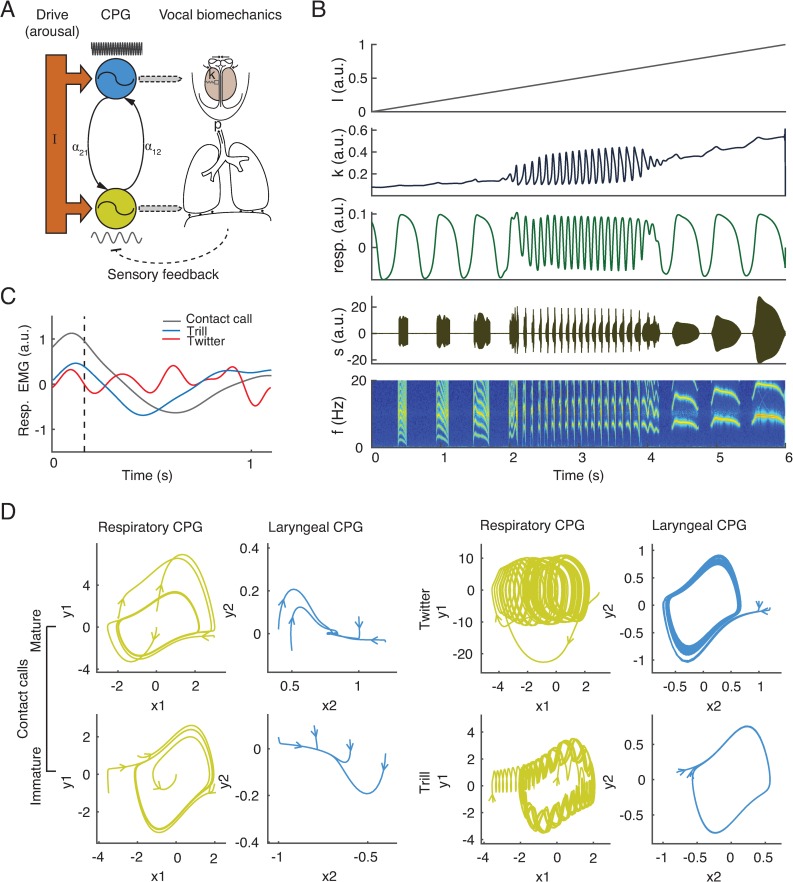Fig 2. A central pattern generator model for infant vocal production.
(A) Setup of CPG model. Both laryngeal (top) and respiratory (bottom) CPGs receive a common input (arousal). The CPGs coupled with each other. They drive the variation of the laryngeal tension and subglottal pressure to generate sound. Lung capacity affects the damping of the respiratory CPG via somatosensory feedback. (B) Different temporal patterns of the laryngeal tension and respiratory activity can be generated as the drive linearly ramps up, and distinct call types are produced. Panels from top to bottom: drive (arousal), laryngeal tension, respiratory activity, simulated sound pressure, and spectrogram. (C) Mean respiratory EMG profiles for the different call types. (D) Phase portraits in (x, y)-space illustrating the dynamics of the CPG model at different arousal levels. In regions of I (arousal) where the values are high or low, fixed points appear in the laryngeal dynamics, yielding mature and immature contact calls (left panels). In regions of moderate values of I, limit cycles appear in the laryngeal dynamics, which modulate the respiratory dynamics to produce trill or twitter (right panels). Within a panel, the left subplot is the phase portrait of the respiratory CPG and the right subplot is the laryngeal CPG. MATLAB code is available for figures (B) and (D) in S1 Code. CPG, central pattern generator; EMG, electromyography.

